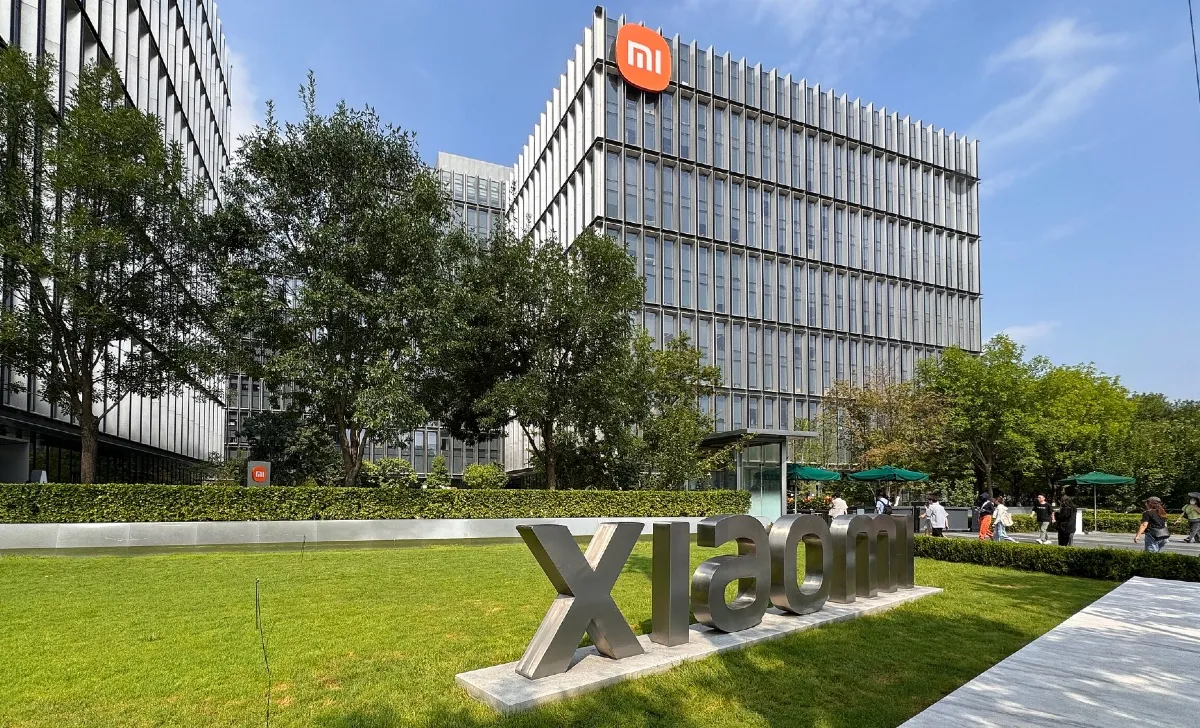
Photo: Wikimedia Commons, Partydoos, CC BY 4.0
Xiaomi is reportedly on the brink of a significant technological breakthrough, having successfully completed the “tape-out” of its first 3-nanometer system-on-chip (SoC) processor, which is set to enter mass production in the first half of 2025. This milestone represents a notable comeback for the company, which had previously stepped back from designing its own smartphone processors after experiencing setbacks in earlier attempts.
In the semiconductor industry, “tape-out” is a term that harks back to the era of reel-to-reel magnetic tape; it signifies the crucial moment in the chip development process when final design data is finalized and sent for fabrication. This announcement was made public on October 20 by Tang Jianguo, chief economist at the Beijing Municipal Bureau of Economy and Information Technology, during a broadcast on Beijing Satellite TV.
If confirmed, this achievement would mark a historic first for China, as it would be the nation’s inaugural 3nm chip designed by a domestic firm. However, specific details regarding the chip’s architecture, including its central processing unit (CPU) and graphics processing unit (GPU) configurations, remain undisclosed.
A technology columnist using the pseudonym “Uncle Biao” speculated in an article published on Monday that Xiaomi’s new 3nm chip may have been developed in collaboration with Taiwan’s MediaTek and will be manufactured by Taiwan Semiconductor Manufacturing Company (TSMC). Moreover, there are concerns that Xiaomi could face sanctions from the United States due to this advancement in chip design.
Reports indicate that if Xiaomi has indeed reached tape-out status for its 3nm chipset, it could enable other Chinese companies—including those under U.S. sanctions like Huawei Technologies—to utilize this processor in their devices. Wccftech.com reported in August that Xiaomi might launch this SoC in early 2025, produced using TSMC’s advanced N4P process, which enhances performance, power efficiency, and transistor density.
Since August 15, 2022, U.S. export controls have prohibited Chinese firms from accessing America’s electronic computer-aided design (ECAD) software. This software is essential for various applications within military and aerospace defense industries for designing complex integrated circuits. At that time, Chinese analysts suggested that these U.S. restrictions would not have an immediate impact on China’s semiconductor industry since the country had not yet begun designing 3nm chips.
Gregory Allen, director of the Wadhwani AI Center at the Center for Strategic and International Studies (CSIS), noted in an October 2022 report that America’s dominance in the EDA software market represents one of four choke points being used to restrict the growth of China’s chip design industry. Other choke points include U.S. export bans on high-end AI chips and chip-making equipment.
The three leading companies in the semiconductor EDA market—Mentor Graphics, Cadence Design Systems, and Synopsys—are all headquartered in the United States and employ most of their staff there, although Mentor is a subsidiary of Europe’s Siemens.
It remains unclear how Xiaomi gained access to American EDA software. However, most commentators believe that the company’s chip-design technology primarily originated from its partnership with MediaTek. In November 2014, Pinecore—a fabless chipmaker reportedly controlled by Xiaomi with a 51% stake—acquired a chip-making package called SDR1860 from Leadcore Technology for approximately 103 million yuan (about $14.5 million). Leadcore is a joint venture established by China’s Datang Telecom Technology and MediaTek.
In 2017, Xiaomi launched its first smartphone chip called S1, an octa-core SoC fabricated using TSMC’s 28nm high-performance compact plus (28HPC+) technology. Although it offered high performance and low power consumption advantages, the S1 chip was later found to have serious overheating issues. In 2020, Xiaomi attempted to launch another chipset called S2; however, this effort failed to complete the tape-out process and was ultimately unusable.
Lei Jun, founder and chief executive of Xiaomi, has previously remarked that chip design is a high-risk endeavor where significant investments may yield no returns. A columnist based in Yunnan emphasized in an article published in August that developing proprietary chips is essential for Xiaomi as Qualcomm’s Snapdragon processors become increasingly expensive. He posited that launching a new SoC next year is merely one part of Xiaomi’s broader strategy aimed at achieving self-sufficiency.
In the first quarter of this year, MediaTek maintained its position as the leading smartphone processor manufacturer with a global market share of 39%. According to Canalys, a global technology market analyst, MediaTek shipped 114 million chips during this period—a 17% increase year-on-year—largely driven by contributions from Xiaomi, Samsung, and OPPO, which accounted for 23%, 20%, and 17% of MediaTek’s smartphone processor shipments respectively.
In contrast, Qualcomm’s smartphone processor shipments grew by only 11%, reaching 75 million units in the same quarter; notably, 46% of these shipments were attributed to Samsung and Xiaomi. As Xiaomi continues to push forward with its own chip development efforts amidst growing competition and geopolitical challenges, its success could significantly reshape the semiconductor landscape both domestically and internationally.
Can you afford not to be present in China? Talk to us, we’ll help you succeed in China.